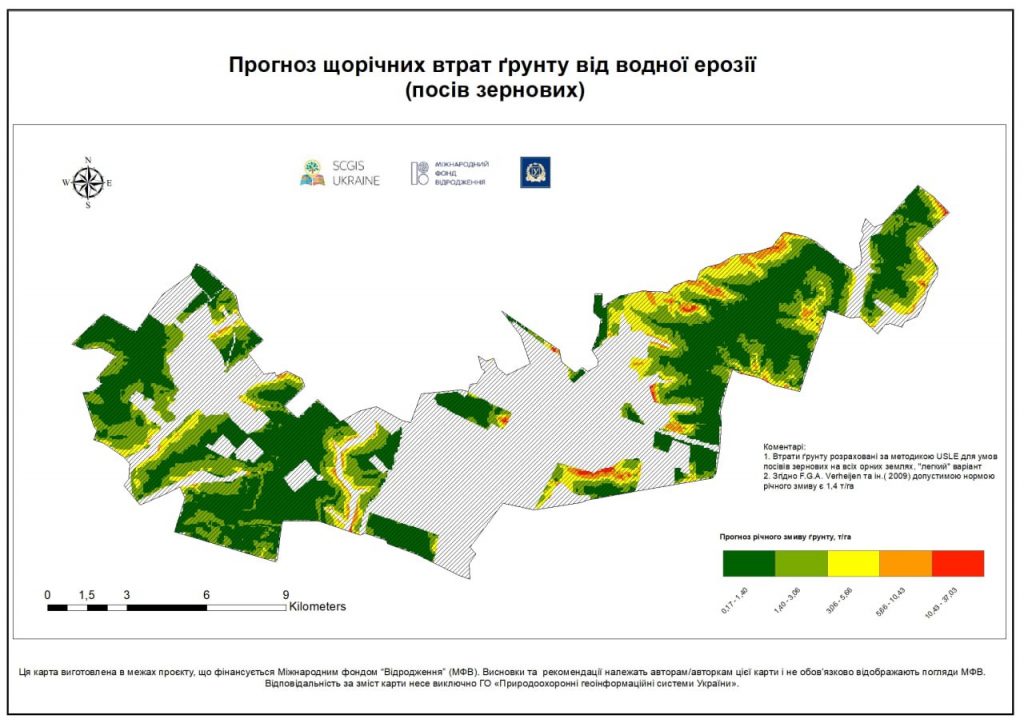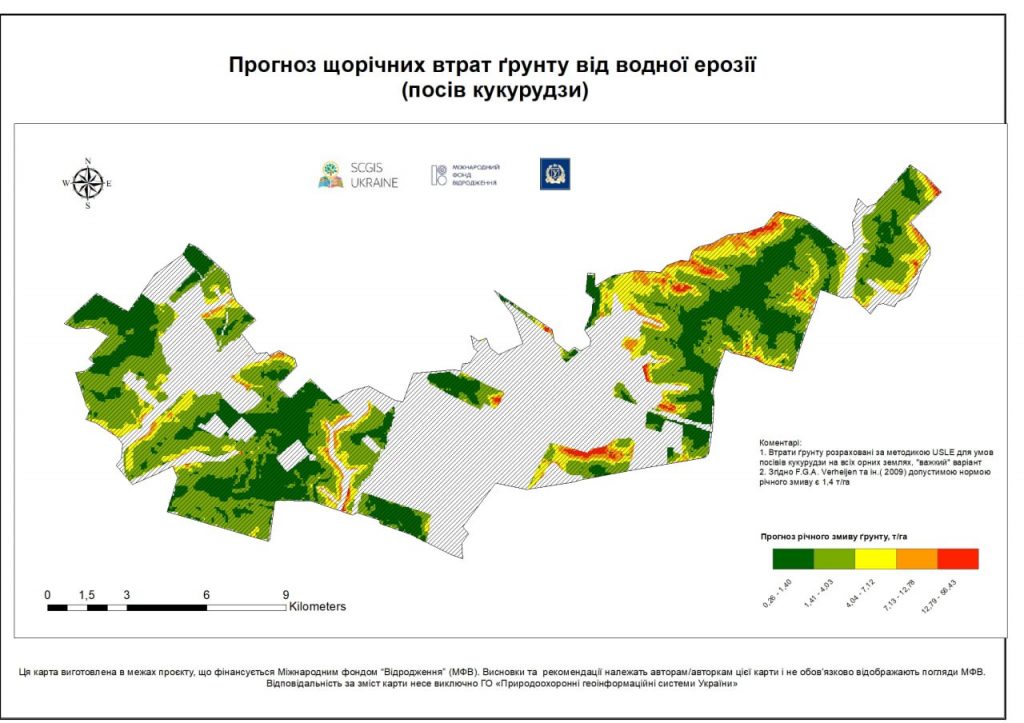Sustainable community development
Global practice has proven that in the modern world, the sustainable development of any administrative-territorial unit will only be successful if environmental requirements are met. Therefore, for the successful development of united territorial communities, diverse programs for the protection and improvement of the environment should be implemented, developed for each specific UTC, taking into account the specifics of its natural, climatic, and socio-economic conditions.
When developing such programs, it is important not to limit oneself to existing environmental regulatory documents, but also to look ahead. Ukraine is confidently implementing a policy of European integration which, among other things, requires compliance with common European rules and requirements for both the quality of agricultural products and the organization of production in view of the European Union’s declared «Green Deal». Therefore, in the near future, we should expect changes in land protection legislation, towards bringing it closer to EU legislation, so we should already be preparing to implement common European practices of agricultural production.
According to EU environmental policy, farms receive annual financial support from the EU in the form of subsidies. For the period 2023-2027, the EU budget for supporting farmers’ incomes is planned at almost 188 billion euros, which is about a third of the total EU budget. The amount of subsidies varies somewhat in different EU countries, but is quite significant — up to 500 euros per hectare of farm area. However, a prerequisite for receiving subsidies is compliance with certain requirements, including EU standards for good agricultural and environmental condition of land (GAEC).
There are 8 such standards in total. Agricultural production directly requires compliance with GAEC standards 7 (maintaining soil potential through crop rotation) and GAEC 5 (preventing soil erosion through appropriate practices).
Non-compliance with these standards is considered a violation of EU environmental legislation and farmers are deprived of financial support.
Compliance with GAEC standard 5 is achieved through the implementation of a system of measures based on forecasting potential soil losses from erosion. Depending on the established level of erosion hazard at the level, and is provided to farmers in the form of specific recommendations. And their implementation is further controlled by government agencies.
A standard tool for such forecasting in the EU is the USLE mathematical model of water erosion or its modified version RUSLE.
Experts of the NGO «Nature Conservation Geographic Information Systems of Ukraine» have developed maps of the forecast of annual possible soil losses for the territory of the Rohan UTC for various scenarios of agriculture. The maps show the spatial distribution of zones with different degrees of erosion hazard and can serve as a basis for the development and implementation of anti-erosion measures and planning agricultural activities in the community. Assessment of the erosion situation is also a mandatory step in developing the UTC territorial development plan.
It should be noted that this is just an example, the first step in modeling sustainable agricultural production. If necessary, for specific fields, taking into account specific crop rotations, more detailed and accurate scenarios of erosion hazard can be calculated.
The work was carried out within the framework of a project funded by the International Renaissance Foundation (IRF). The conclusions and recommendations belong to the authors of this map and do not necessarily reflect the views of the IRF.


